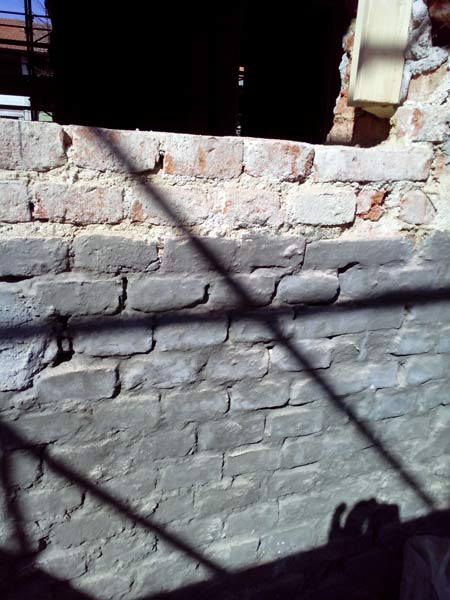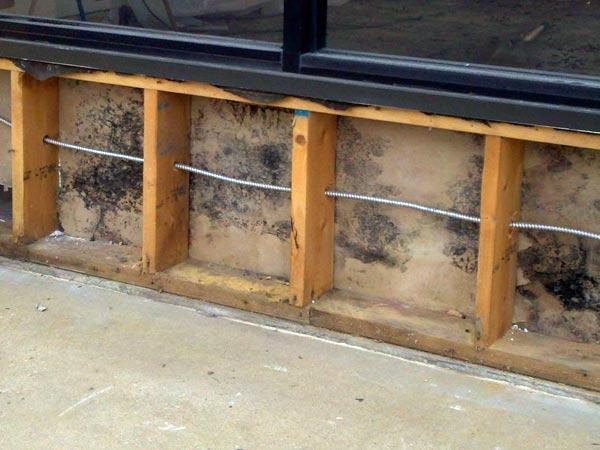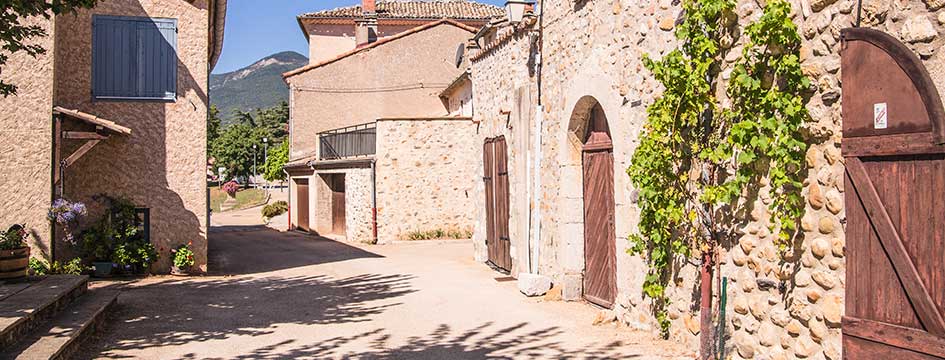DEHUMIDIFICATION WALLS
A problem that can occur in construction, especially when it comes to historic buildings, is that of the deterioration of the walls due to exposure of the building to atmospheric agents or internal disruptive actions produced by salts and moisture. These structures, in fact, require appropriate renovation operations.
Do you live in old houses and find yourself fighting with mold and humidity every day? You don’t know how to solve and permanently eliminate the problem from your walls? Are you looking for a company that performs dehumidification?
Contact us to request our intervention! Thanks to a strong experience in the field, we apply a dehumidifying plaster on the walls of old buildings in order to restore them and eliminate the problem of humidity permanently. We operate between: Lombardy, Emilia Romagna, Veneto, Friuli Venezia Giulia, Trentino Alto Adige, Valle d’Aosta, Piedmont and Liguria.
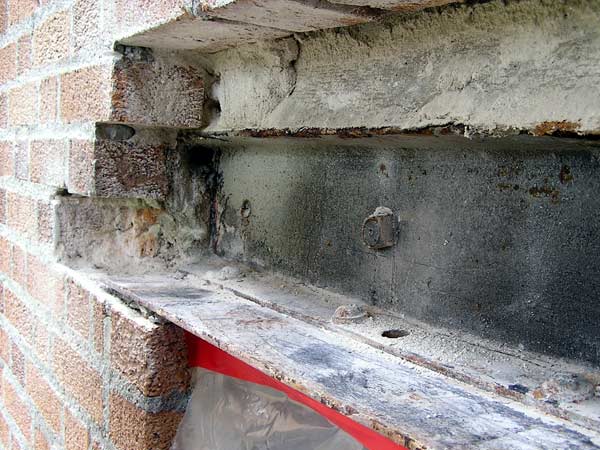
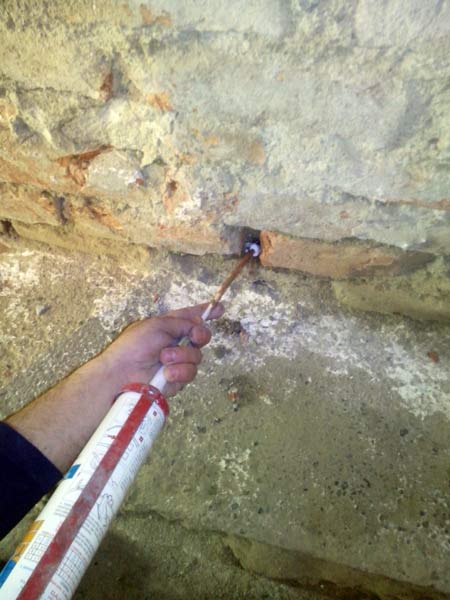
WHY SHOULD MASONRY RESTORATION WORK BE PERFORMED?
Before performing dehumidification interventions, it is necessary to precisely identify the causes that have determined the problem through a careful visual analysis, followed, if necessary, by appropriate diagnostic investigations and, consequently, to adopt the correct intervention, as well as the right technology.
Humidity remediation improves the condition of buildings and their appearance. Humidity restoration works on the flow of water through roofs or walls of buildings.
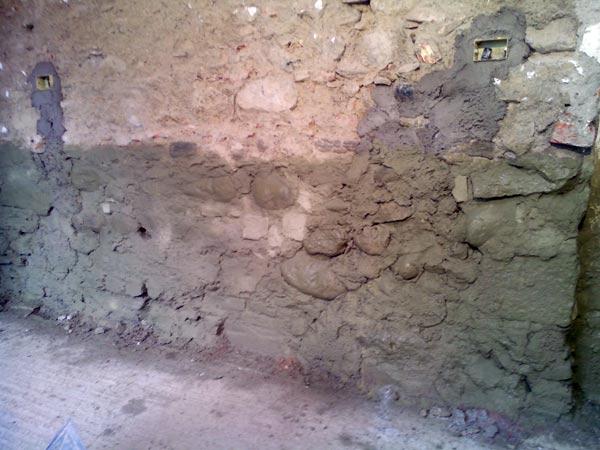
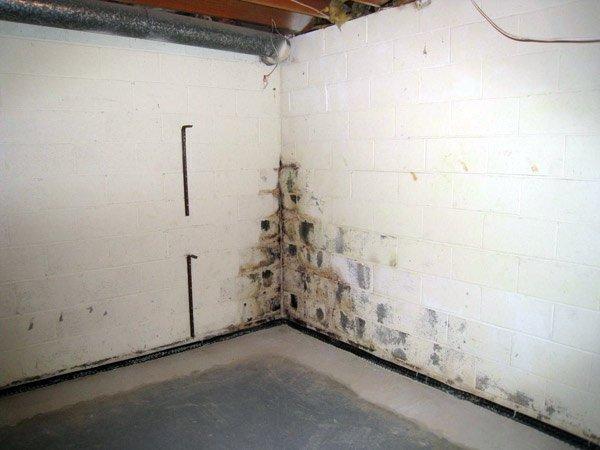
CONDENSATION, CAPILLARY RISE AND INFILTRATION
Condensation, capillary rise and infiltration, are just some of the causes of moisture in the walls. Let’s see when and how these phenomena occur:
Condensation: occurs in winter, when warm indoor air comes into contact with walls cooled from the outside; condensation then manifests itself in the form of droplets and mold on the corners of the ceiling-wall and at the level of the structural connections of the building.
Capillary upwelling from underground: in contact with underground water or humid soil, plasters absorb humidity that goes up the wall, along small “capillary” channels, at a height varying between 0.90 mt and 1.50 mt.
Water infiltration: due to the slow passage of heavy rain, hail or powdery snow through the roofs and walls of buildings, and the imbibition of the interior walls to the appearance of patches of humidity in the form of halos. There are rainwater infiltrations due to cracks in facade plaster, porosity of building materials, problems due to damaged roofs or gutters, or lateral infiltrations due to a difference in ground level between the interior and exterior of the building, the latter being higher than the former.
